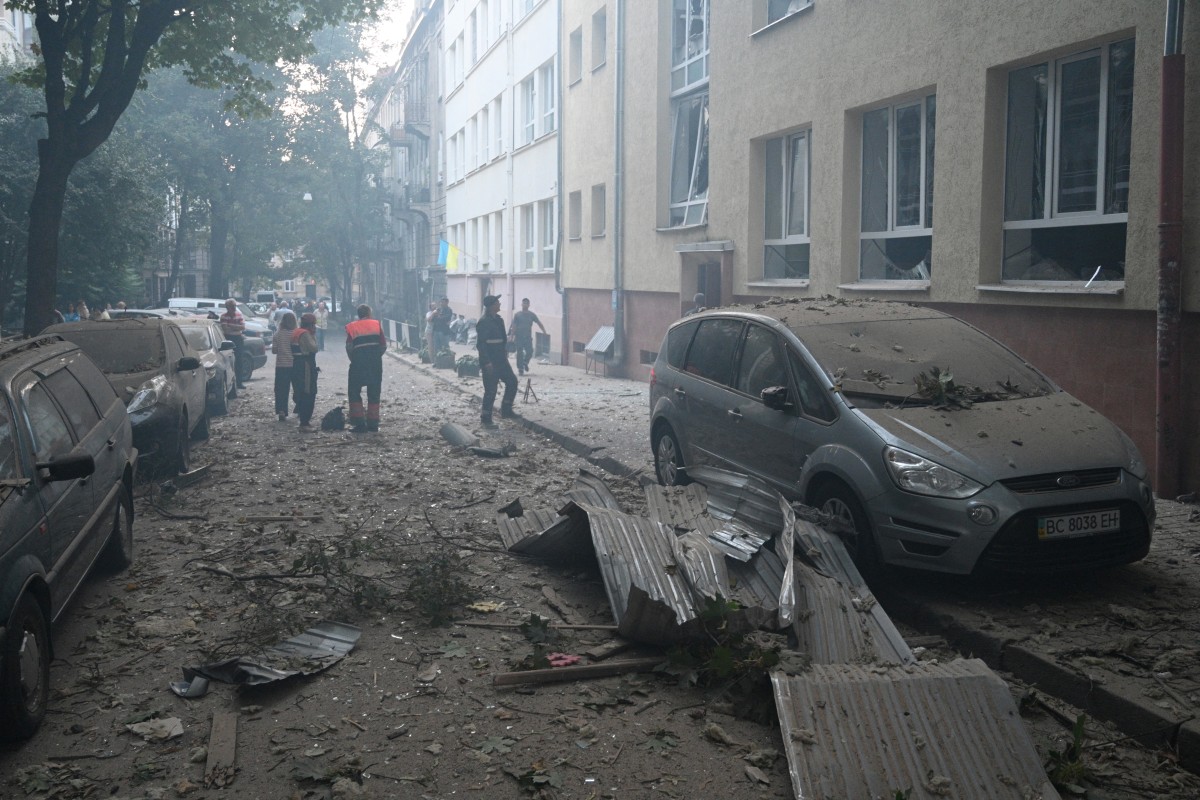After more than 30 months of armed conflict and hundreds of thousands of deaths, the original cause of the Russia-Ukraine war has faded in relevance, buried under layers of propaganda from both governments. This relentless propaganda is further fueled by Ukraine’s Western allies, who must justify to their own populations the immense financial and military aid being funneled into Ukraine, often at the expense of addressing domestic hardships.
As of early September 2024, the United States has provided $55.7 billion in military assistance since the conflict began in February 2022, when Russian President Vladimir Putin announced a “special military operation” in Ukraine. According to the U.S. State Department, this figure represents a massive financial commitment. The Council on Foreign Relations (CFR), a conservative U.S. think tank, estimates total U.S. aid at $175 billion, noting that $107 billion directly supports Ukraine’s government. The remainder covers various U.S. activities related to the war and aid to other affected countries in the region.
With over half a million Americans homeless and 38 million living in poverty—a number nearly equivalent to Canada’s population—such massive foreign spending represents a “lose-lose” situation for many at home. Meanwhile, the United Kingdom has committed $16.5 billion, the European Union $45 billion, Germany $17 billion, Japan $11 billion, and Canada $8.8 billion in aid to Ukraine.
Interestingly, while the West supports Ukraine as the victim of Russian aggression, it simultaneously backs Israel in the Israel-Gaza conflict, where it supports the aggressor—an oxymoron in its geopolitical strategy.
Turning to the personalities involved, Russian President Vladimir Putin’s long-standing autocratic rule is well-known, having been in power for over two decades. In Ukraine, President Volodymyr Zelenskyy—who postponed the country’s 2024 elections by declaring martial law—remains a polarizing figure. His administration, backed by Western support, has shown little interest in serious peace negotiations. War, after all, keeps Zelenskyy in power and removes the pressure to focus on economic growth, as NATO members, led by the U.S., keep the financial tap flowing.
The two countries’ propaganda machines are running at full speed, muddying the waters on casualty counts and other key data. For instance, Russian media claims that between 106,000 and 140,000 Russian soldiers have died since 2022, while Ukrainian sources place Russian losses at over 616,000. Ukrainian casualty reports, meanwhile, range from fewer than 50,000 (Ukrainian sources) to over 100,000 (Russian sources). In such a fog of war, it is hard to discern reality from rhetoric.
Western powers understand Putin as their adversary, but what about their “friend” Zelenskyy? His image—touring the world, delivering speeches to global leaders via video, playing the victim card while donning military fatigues—dominates, but his leadership in resolving the conflict remains in question. While managing a war can temporarily mask economic and social deficiencies, Zelenskyy’s pre-war performance left much to be desired. Elected in 2019 on promises of peace, growth, and fighting corruption, Zelenskyy’s presidency faltered economically. According to the Wilson Center, Ukraine’s GDP fell from $200 billion in 2021 to $160.5 billion in 2022.
In contrast, despite sanctions, Russia’s economy proved more resilient than expected, with a projected GDP of $2.25 trillion for 2023, bolstered by increased military production. The disparity in the two countries’ economic trajectories underscores the long-term uncertainty of the conflict.
Finally, while the West invests considerable effort in urging Israel’s Benjamin Netanyahu to declare a ceasefire in Gaza, the same energy seems absent in pushing for peace in Ukraine. The ongoing war benefits both Putin and Zelenskyy, shielding them from full accountability while the West continues to justify its support for Ukraine under the guise of aiding a “victim” nation.
Indeed, for some, war is beneficial. Peace, on the other hand, might just be too terrible to contemplate.
The author is a senior journalist based in Toronto, Canada, and is also the Executive Editor and Chief Growth Strategy Officer of the UAE-headquartered content management and creation firm Special Edition.
The views and opinions expressed in this Op-Ed are solely those of the author and do not necessarily reflect the official policy or position of TRENDS.








